
 |
| Visitors can grasp Luoyang's over 3,000 years of heritage at the Luoyang Museum. (China Daily) |
In contrast, some tiny Buddha carvings were smaller than the palm of my hand while others were human-sized. The fine craftsmanship and the massive numbers of carvings alongside the cliff walls made me think of Angkor Wat in Cambodia.
The first statues were carved from AD 493 during the Northern Wei Dynasty (AD 386-534), but most were carved during the Tang Dynasty.
It's not surprising that a number of statues have been disfigured, either by time or warfare.
Don't make the mistake I did and assume that from photos and information gleaned from the Internet, Longmen Grottoes can easily be viewed in two hours.
Longmen Grottoes is just 1 km and with most of the carvings concentrated on the northern side. But the sheer number of carvings and the fact that some of them are located higher up the hillside and require climbing up stairways, not to mention the temples on the southern side, mean visitors should allocate at least three hours to take in everything at a leisurely pace.
The southern side has far fewer carvings, but has many temples and steles, including the 1,500-year-old Xiangshan Temple.
I was surprised on walking up Xiangshan Temple to see a much less ancient villa, which was where the former Kuomintang leader Chiang Kai-shek stayed to celebrate his 50th birthday in 1936. The rooms in the villa display photos of Chiang.
This recent history pales in comparison to the surrounding statues and carvings, dating back 1,500 years. Near the exit on the south side is the grave of Tang Dynasty poet Bai Juyi, a former court official and governor of Henan.


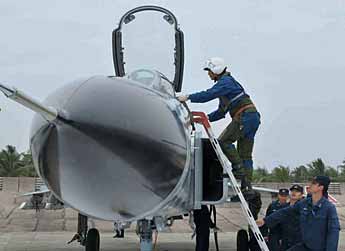

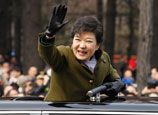
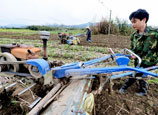
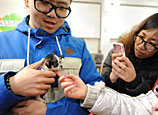
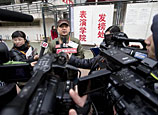
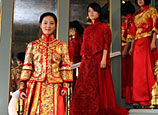
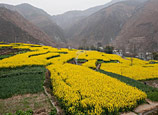








 5.5-magnitude quake hits China's Yunnan, 30 injured
5.5-magnitude quake hits China's Yunnan, 30 injured


![]()
